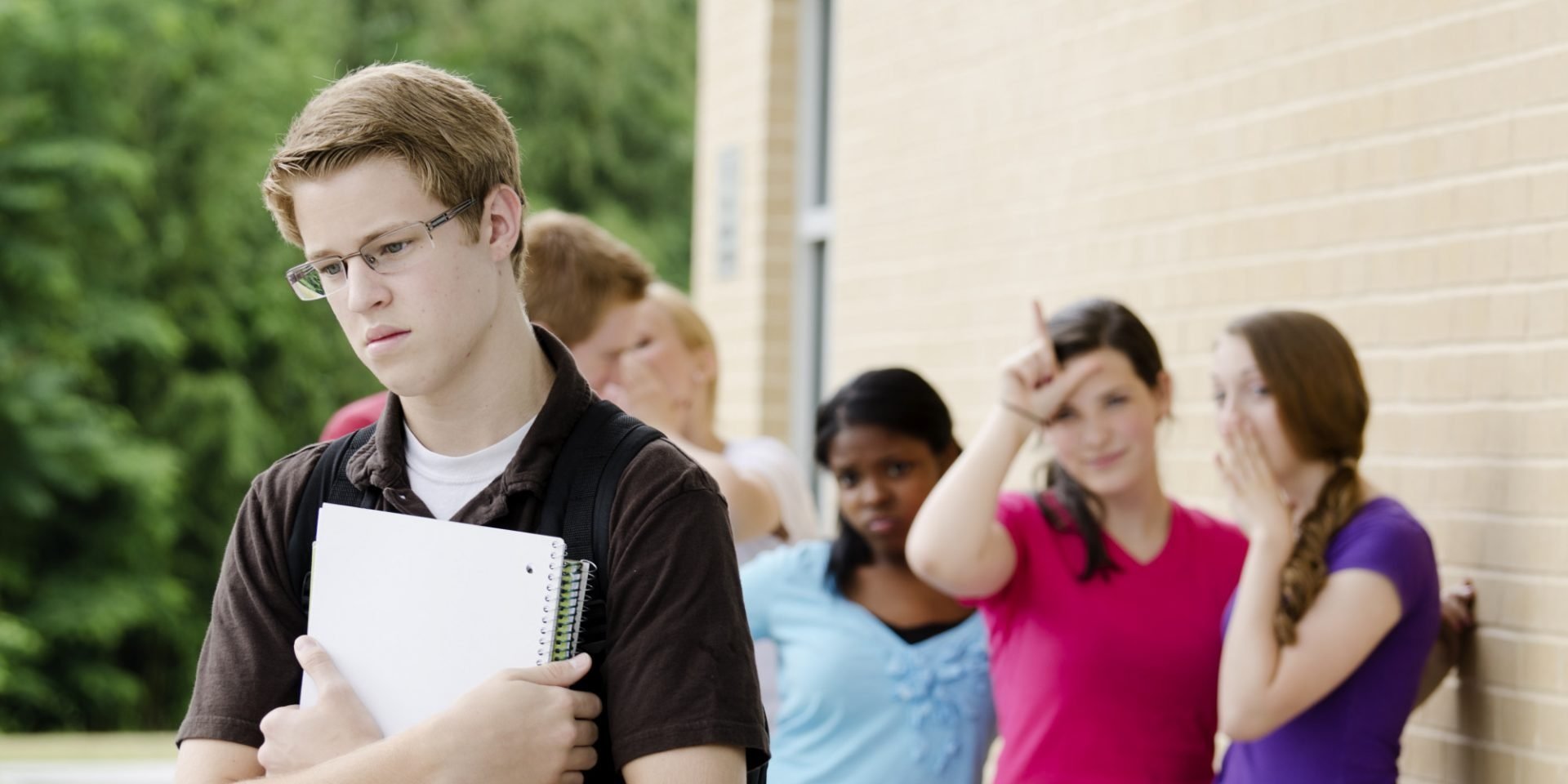Ways to Deal with Students:
1. Dealing with a misbehaving student:
Teachers can deal with misbehaving students through the following strategies:
1.1. Using brief language or gestures:
When the student begins to practice their wrong behaviors, the teacher can communicate with them with their eyes, giving them an opportunity to correct these behaviors without disturbing other students. If the student does not respond, then the teacher can use firm and brief words, such as: “Listen quietly, do not make noise, or keep working as you should,” without making a conversation with the student or yelling at them.
1.2. Ignorance:
A misbehaving student usually seeks attention. Therefore, if the teacher ignores them, the student may understand that the behavior of distinguished and hardworking students is only what draws the teacher's attention. As a result, the student will get tired of their wrong behavior and remain calm.
1.3. Talking privately with the student:
If none of the aforementioned methods work, the teacher should privately talk to the student and ask them whether they find the class boring or difficult to understand, or so easy that they do not want to pay attention to the teacher. The teacher may directly ask for the reason for this misbehavior, and the student must also be reminded of the effort that the parents put out for them to learn. After this conversation, if the student continues to misbehave, then the teacher must call their parents and inform them of their child’s behavior. It is also important to note that the teacher must be keen to have evidence of each incident's date and time and the measures taken in each.
1.4. Designating a class for non-academic subjects:
the teacher can designate a weekly class to engage students in conversations about various topics, such as their hobbies, the challenges they encounter, etc. This helps the teacher understand their personalities and tendencies. In order to get satisfactory results, the teacher must be keen to engage misbehaving students in this conversation and give them the opportunity to write down the topics they want to discuss in the next class.
2. Dealing with top students:
The teacher and the school administration shall encourage top students through:
- Establishing an honor board in their honor.
- Recognizing and presenting medals of honor or certificates to the top students in each subject.

- Giving top students priority to attend scientific camps.
- Giving top students priority to attend training courses.
- Recommending top students to attend scientific or student research conferences, when possible.
3. Dealing with the shy student:
Following are some techniques the teacher can use to deal with the shy student:
3.1. Discovering the student's interests:
the teacher can learn about the shy student's talents by asking inadvertent questions about related topics, or by giving them an opportunity to write about themselves, or even by observing what they wear. All this information can be used as a reference point for different educational activities or to open a conversation with the student.
3.2. Creating groups:
The teacher can motivate the shy student and enhance their participation and interaction with the rest of the students by dividing the class into small groups, and assigning each group to carry out a specific task or activity that needs participation to be accomplished, in addition to following the concept of group games.
3.3. Giving the shy student enough time:
The teacher must give the shy student enough time to answer questions, and not rush them, especially when they speak in front of the whole class. The teacher must be patient, and not rush the student or answer.
3.4. Empathizing and understanding the shy student:
By discussing their own experiences with shyness as a child and reassuring the student that experiencing varied emotions is common, the teacher can assist the shy student in overcoming their shyness.
4. Handling the provocative student:
The teacher can deal with the provocative student and adjust their behavior according to the following strategies:
- Occupy the student throughout the lesson, make them participate, answer a number of questions, and write important points during the explanation.
- The teacher must be strict and serious throughout the lesson, and refrain from friendly conversations outside the context of the lesson.
- The teacher must be careful not to fully turn away from students when writing on the board; Rather, they should have one side of their body leaning in their direction while they write on the board.
- When the student's provocative behavior is repeated, the teacher should not hesitate to use warnings, and appropriate school penalties. If this does not yield any results, it is then required to speak with the student's guardian.
5. Dealing with rude students:
The teacher can deal with rude students using the following strategies:
- The teacher must set an example for students and deal with them with respect, as this reflects positively on their behavior and teaches them respect.
- The teacher is responsible for informing students about the rules and regulations of the school, discussing them, and emphasizing the value of respecting others and refraining from using improper language.
- Make sure to explain the consequences of non-compliance with the school's laws and regulations and the correct behavior, and mention examples of penalties that may include: the first punishment: "warning", the second punishment: "informing the guardian", and the third punishment: "referring the student to the school's administrative body".
6. Dealing with the introverted student:
We include the following as some of the most vital strategies for how the teacher interacts with the introverted student:
- Involve the student gradually in group activities, while also being careful not to pressure or rush them; This is because their analysis and thinking require more time than other students.
- Caring for and appreciating the introverted student and giving them a sense of distinction by talking to them in a private conversation.

- Highlighting the student's strengths. If they fail an exam or have low grades, the teacher must reassure them that everyone is exposed to this failure and that they can avoid it and excel in the future.
- Enhancing the student's self-confidence by welcoming them into the classroom and engaging them with the rest of their peers.
- Be careful not to interrupt their speech, or put them in an embarrassing situation.
- Take care to offer advice or criticism to the introverted student away from their friends.
7. Dealing with poor performing students:
The teacher can deal with those students through the following strategies:
- Encouragement, motivation, and satisfaction of the student's needs and experiences are all important in order to prevent student failure and dissatisfaction.
- Help students retain the academic subject; make sure you continually go over it with them, give them information, and make connections to real-world situations.
- Helping the student to comprehend, understand, and visualize by making sure to use modern, advanced educational means, such as: audio-visual devices that address their different senses.
- Continuous communication with the student's guardian to follow-up and continuously evaluate their status and academic achievement.
8. Dealing with students with special needs:
Among the most important strategies that help the teacher deal with students with special needs in an appropriate way, we mention the following:
- The teacher is keen to make the student feel their interest and to listen to them, even if they cannot understand what the student is saying. Not interrupting and listening to them well develops their self-expression skills and verbal production.
- Ensure that the student's behavior is modified. Their mistakes should not be overlooked, or they should not be punished harshly in front of others.
- Motivating the student and encouraging them to learn and communicate with others by following the system of rewards.
- One of the things that increases the interaction of the student with special needs and instills confidence and security in them is talking to them in a calm tone of voice, and talking to them slowly.
9. Dealing with students with learning difficulties:
Among the strategies presented for how the teacher deals with students with learning difficulties, we mention the following:
- The teacher should know how many instructions and directions they can follow and implement.
- The teacher should communicate with them orally and in writing in short and simple terms.
- The teacher's answer to these students' questions should be quick and direct.
- Using teaching aids and tools to help students memorize and understand.
- Take care not to reinforce their wrong answers so that they do not become entrenched in their minds; they must be told the correct answer directly, or the question must be rephrased again.
- Ensure that the educational environment is organized and free from distractions and noise.
- Give each student enough time to answer and not rush or put pressure on him.
10. Dealing with teenage students:
Among the strategies presented for how the teacher deals with teenage students, we mention the following:
- Dealing with them with great appreciation and respect.
- The teacher must notify the students that he is a friend to them more than a teacher and follow the method of dialogue with them.
- Applying activities that motivate students and encourage them to come to school, as this enables them to feel special; This is because it opens the way for them to show their personalities and talents.
11. Dealing with a bully:
Among the strategies presented for how the teacher deals with the bully student, we mention the following:
- Ensure that the student listens carefully to their version of what happened.
- Remind the student of the school's rules against bullying, and explain to them that their behavior is unacceptable.
- Care to help the student search for the reasons that led them to these behaviors.
- The teacher should help the student empathize and feel for others.
- Guiding the student to fix what they have done wrong and to apologize for their wrong behavior.
- Showing appreciation to the student when they admit a mistake, or for any positive behavior they did.
- Cooperate with the student's guardian to modify their behavior.






Add comment